Creating the Ultimate Italian Vacation in NYC
How visione, la dolce vita, and a little help from Google Maps led to the world of Cucina Alba
Cobi Levy, the proprietor behind some of New York’s most enduring hospitality destinations, has been a close friend of mine for over a decade.
We met in the twilight haze of early NYC party days, and our bond has always revolved around creativity, culture, and a relentless pursuit of experiences that bring people together.
One afternoon in 2020, as I was meandering down Prince Street mid-call, I passed Lola Taverna. Cobi spotted me, shouted my name, and just like that, a short sidewalk chat sparked a chain of conversations—about New York, about hospitality, about life—reignited what would become a longstanding creative partnership.
Over the years, we collaborated on all kinds of things—a pizza shop, a lobster shack, countless moodboards, voice notes, and late-night ideas that never made it past the sketchpad. All of it shaped our creative rhythm and deepened the trust.
Eventually, it evolved into something more distilled. More elevated. A vessel to express Cobi’s decades of experience and his deep love for beauty, simplicity, and soul.
That vessel became Cucina Alba.
A Mediterranean escape tucked inside the Lanterra Building in West Chelsea, neighboring the Faena residences, and radiating the kind of glow you only find on the Italian coast.
Cobi has always had a particular love for Italy.
The custom suits, the obscure film references, the operatic playlists and little moments of indulgence—his joy of life, his gioia di vivere, is infectious.
We knew from the beginning that this wasn’t just going to be another Italian restaurant. This needed to be a portal. A place that felt like summer in Positano, a long lunch in Ravello, a sun-drenched Aperol Spritz in Capri.
A space where food and wine flowed endlessly, where the service bordered on obsessive, and where hours slipped away unnoticed in conversation and laughter.
So, we went to work.
Fabian—one of the most intuitive, talented designers I’ve collaborated with—joined the process immediately. Our work together always starts the same: full immersion.
We become the brand like method actors in character.
It’s like when your accent changes to mirror someone you’re around.
This time, we dove into Slim Aarons photo books, Gio Ponti hotels, ceramic workshops in Vietri sul Mare, archival footage of Jackie O in Capri.
We studied the terraced lemon groves of Amalfi, the sea-washed tiles of Sorrento, and the poetic nonchalance of an Italian passeggiata.
Every visual, every cultural cue became a breadcrumb leading us deeper.
Since a research trip to Italy wasn’t in the budget, we hacked the system. Google Street View became our Vespa.
We digitally roamed narrow lanes of Ravello and Monopoli, looking for signage, shadows, and stories.
From there we branched out—into vintage travel posters, 1960s holiday postcards, Italian cookbook photography, and the kinds of restaurant business archives that reveal how hospitality was once a kind of theater.
It was all about understanding the feeling of coastal Italy. Not just its look, but its rhythm, its romance.
We started pulling threads. The way a yellow-and-cream awning falls like sunlight. The geometry of handmade tiles. The way a perfectly imperfect table setting invites you to linger. We extracted and reimagined.
The creative began to crystallize.
The wordmark—a modernist gesture with Italian soul, balancing Art Deco geometry with Futura-inspired clarity. Confident, cosmopolitan, and unmistakably “Alba.”
The logo—a flamingo in repose, wrapped in an emblematic mark that nods to old-world crests and Riviera iconography. A symbol of elegance, whimsy, and the freedom of seaside living.
The color palette—a coastal chorus of oxblood, coral, and canary, softened by Marmo and grounded in deep anthracite. A sunset. A spritz. A streak of lipstick on a postcard from Positano.
Typography pulled from 20th-century Italian ephemera—chocolate wrappers, train timetables, and Campari ads—redrawn with modern restraint. Minimalism with mischief.
We created a custom typeface, Alba, in multiple weights to carry the brand across every touchpoint—from menus to monograms—with clarity and character.
To complement it, we crafted a hand-painted display type used on ceramics, signage, and printed materials—imperfect in all the right ways, echoing the charm of handwritten trattoria menus and vintage porcelain markings.
The design system was built like a seaside town: lived-in, sun-kissed, a little chaotic in the most charming way. Decorative but never precious. Chic, but never too serious.
And then came application.
Custom menus with playful, oversized shapes inspired by 1960s Italian graphic design.
Hand-painted plates from Vietri etched with olive branches and breezy lettering.
Uniforms that felt tailored for a Riviera cycling team.
Every moment a nod to memory and place, every detail an invitation to linger a little longer.
The branding wasn’t just visual—it was atmospheric.
You could taste it in the limoncello.
Hear it in the clink of glasses.
Smell it in the burst of fresh basil.
And to carry the system even further, we created a series of custom Negronis—each one a liquid extension of the brand. One classic, one bitter and brooding, one bright and herbaceous—each mirroring a mood, a palette, a personality.
We thought of them almost like color studies.
A spectrum of spritzed and stirred expressions that paired perfectly with the design system. The kind of drink you order by color, not name.
The architecture, led by GRT Architects, gave the brand a body—arched like a Ravello walkway, textured like sun-warmed stucco, and finished with just enough mischief to feel alive.
They didn’t design a space, they bottled a coastal breeze and let it loose in West Chelsea.
What we created was more than a restaurant. It was a living memory. A thousand conversations over orecchiette arrabbiata and Rosaluna Negronis.
A place where linen shirts and Yankees caps coexist. A drive along the Amalfi coast in a vintage Alfa Romeo, your lover in the passenger seat, hair catching the wind.
A postcard from Ravello, kissed in lipstick and still smelling faintly of neroli.
One part sun-drenched coastline. One part deep downtown NYC.
It’s all personal. A Pandora’s box of Cobi Levy’s imagination.
And what began as an impossible reservation in Chelsea has now bloomed into a second home on the West Coast.
In early 2025, Cucina Alba opened its doors in West Hollywood—a reinterpretation infused with California light and Angeleno charm, but still carrying that same golden hour energy that made the original so beloved.
Today, Alba draws a devoted following. It’s a place where celebrities, creatives, families, and friends gather with a shared intention: to enjoy life, slowly, beautifully, and together. The waitlist may be long, but the ethos is simple.
It all goes back to the vision.
To bring a Mediterranean vacation to the heart of New York City.
And for those who enter, it feels like arriving somewhere you’ve always belonged—sun-warmed, effortless, and full of life.
A heartfelt thank you to the exceptionally talented team who made bringing this vision to life not only possible—but beautiful:
Produced at Handstand
Nate Brown
Fabian Fohrer
Daniel Gutsche
GRT Architects
Adam Leonti
Cobi Levy
Treena Lombardo
Will Makris
Plainsight Studios
Your craft, care, and creativity are embedded in every detail. This one was special—and it wouldn’t have been without you.


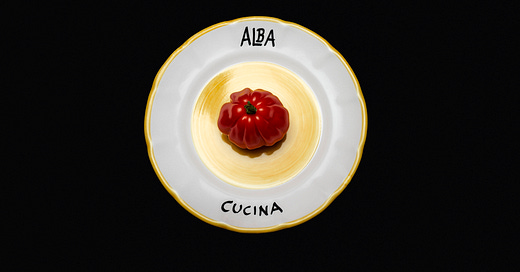







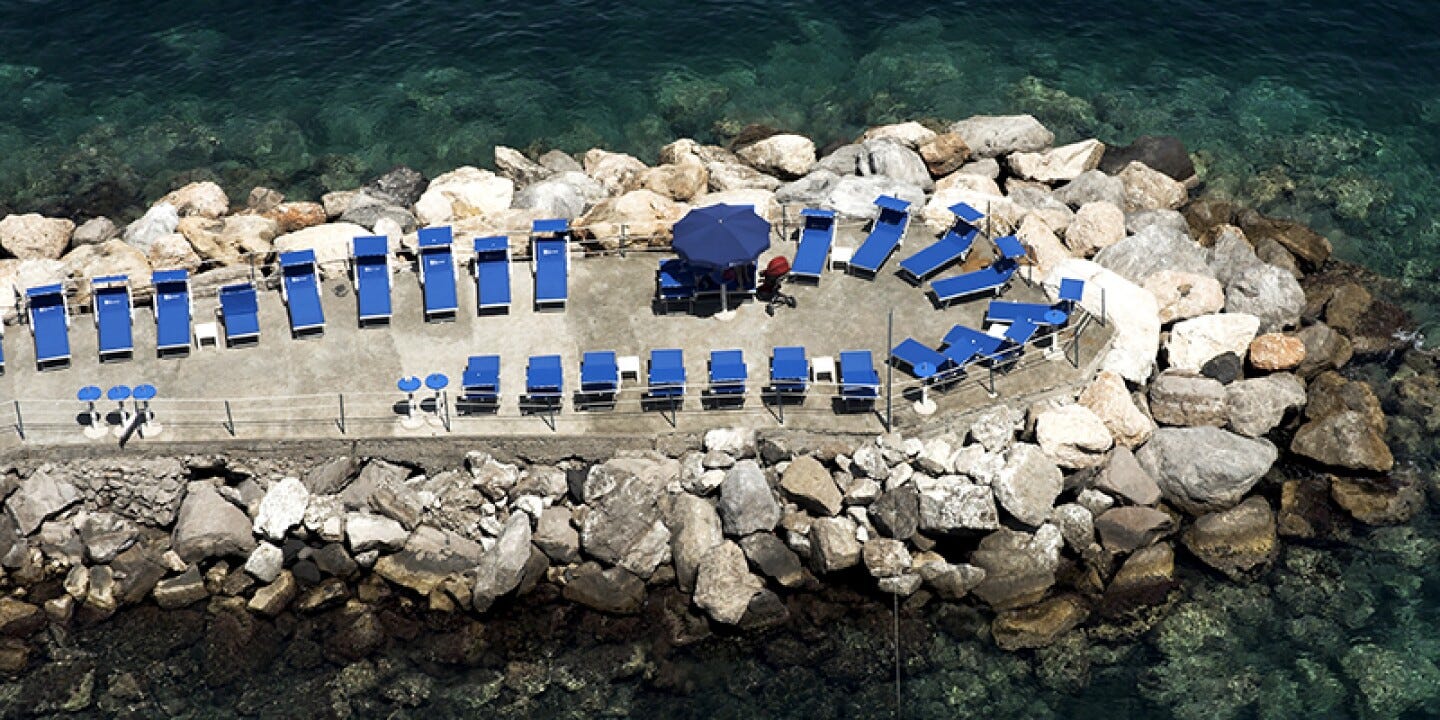
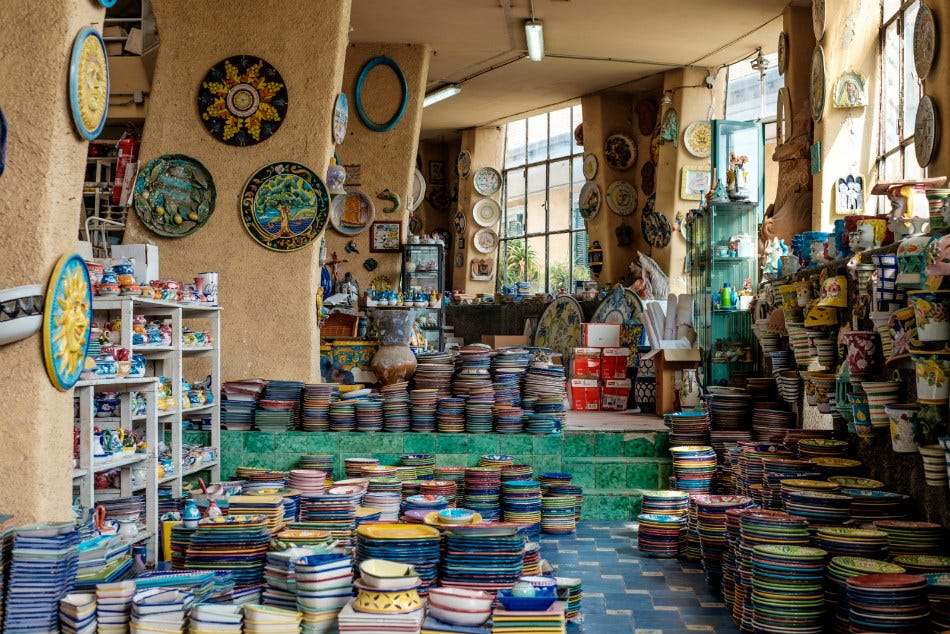

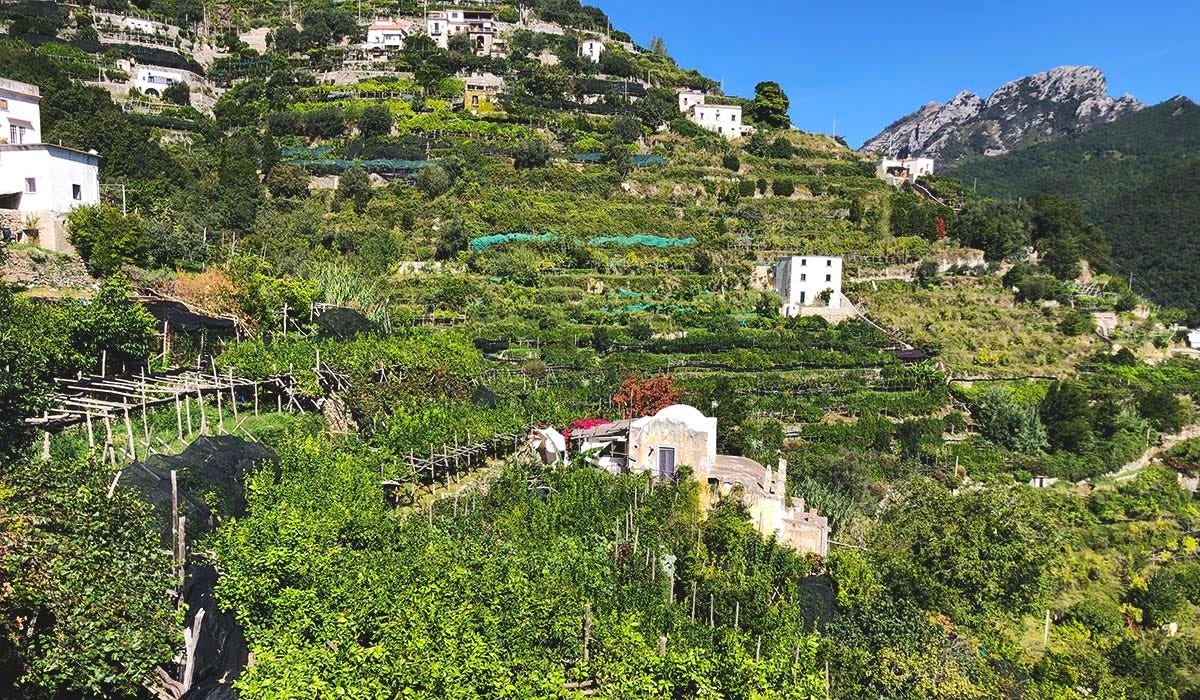
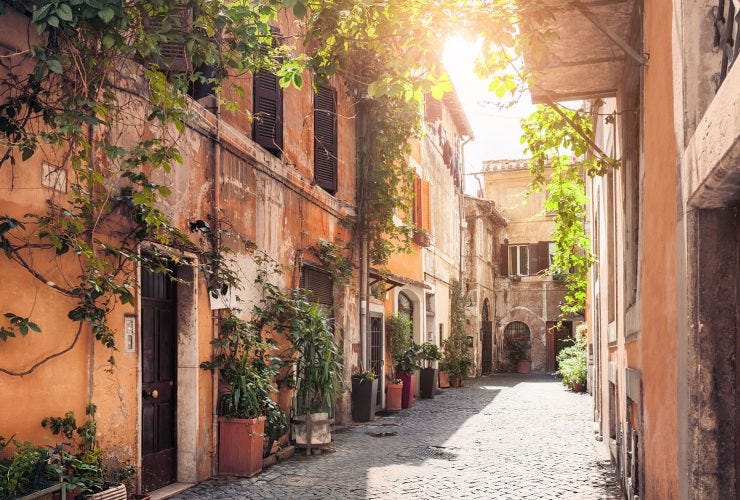

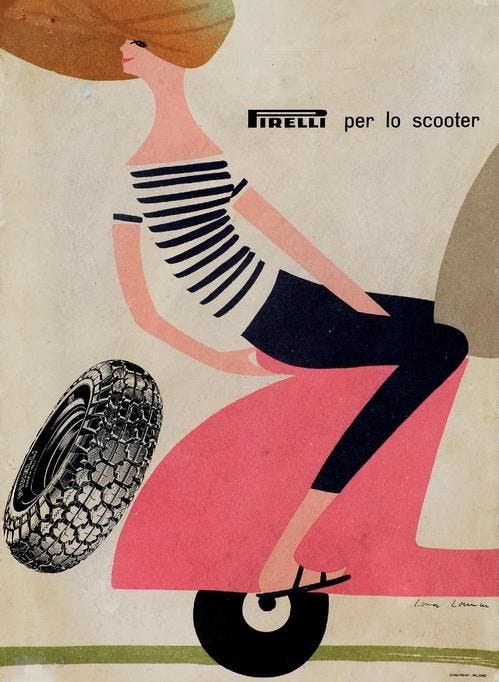
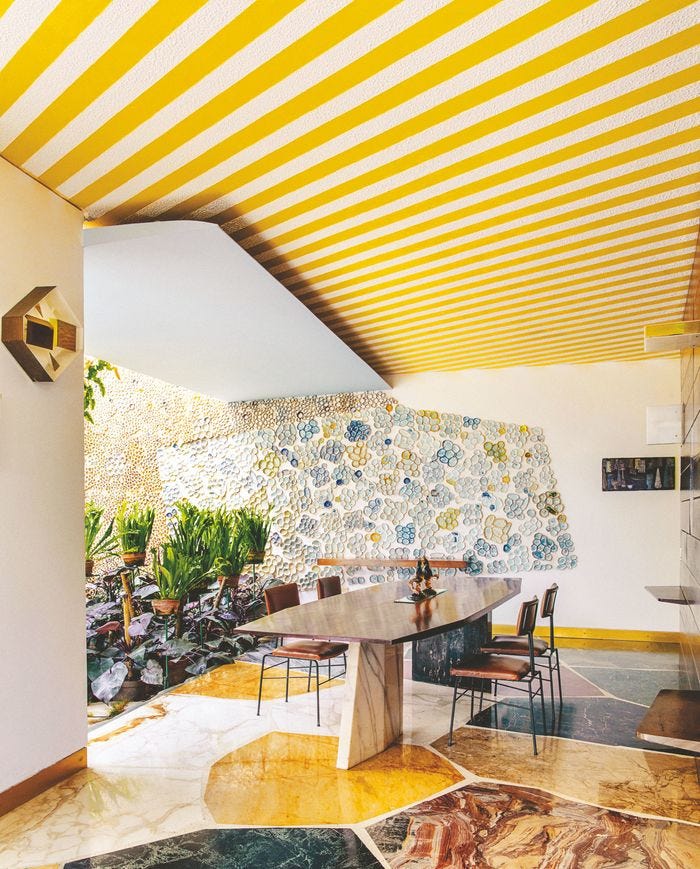
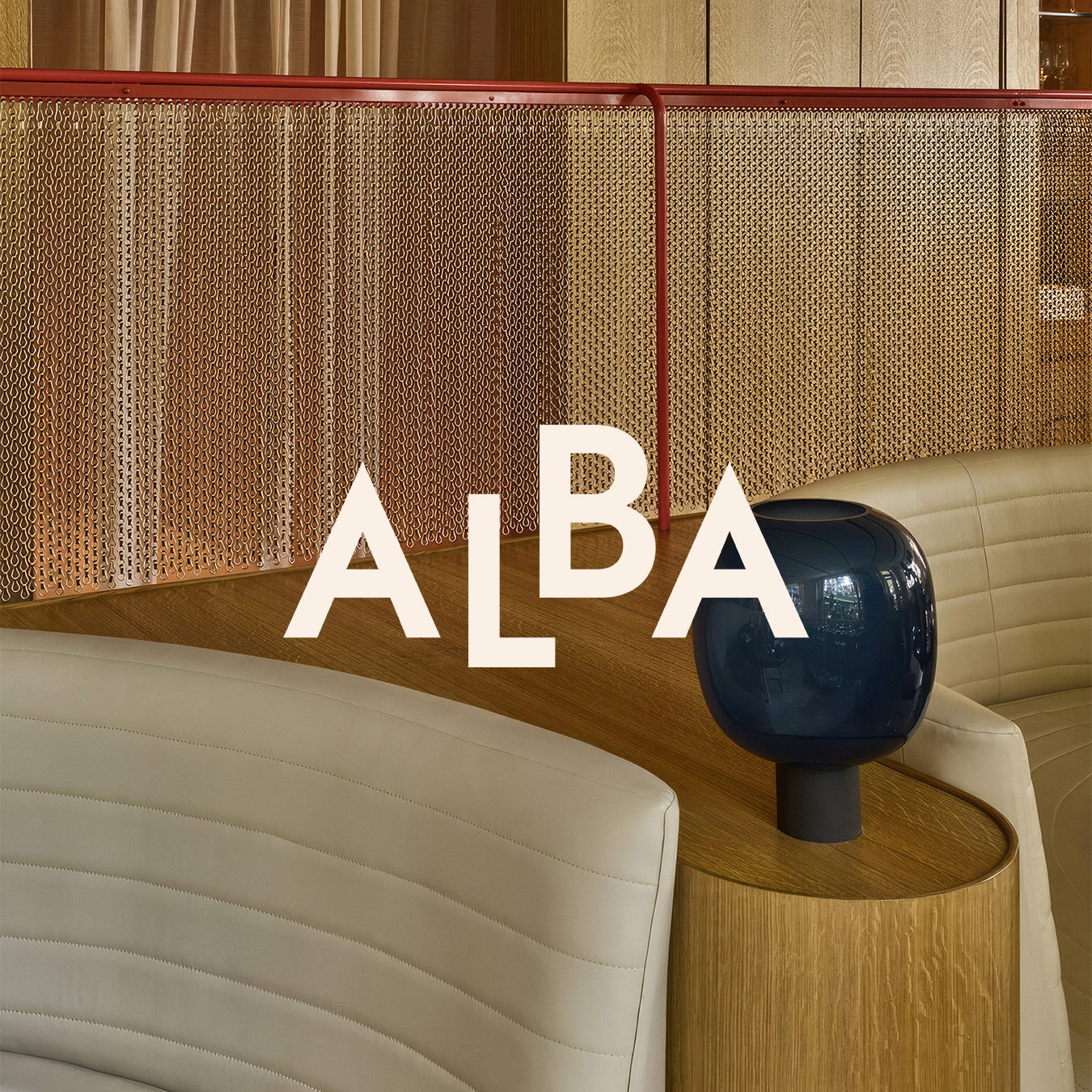

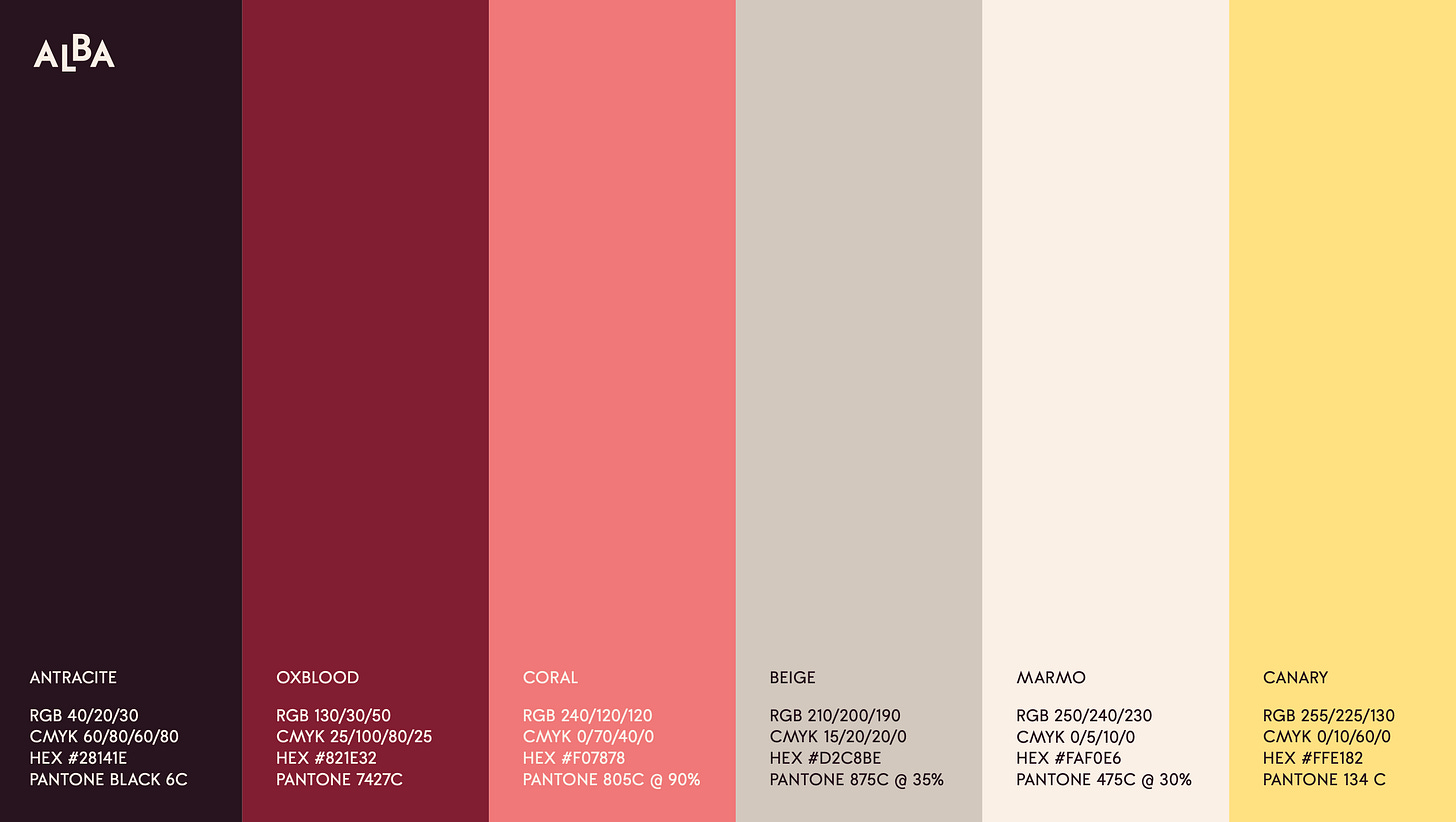
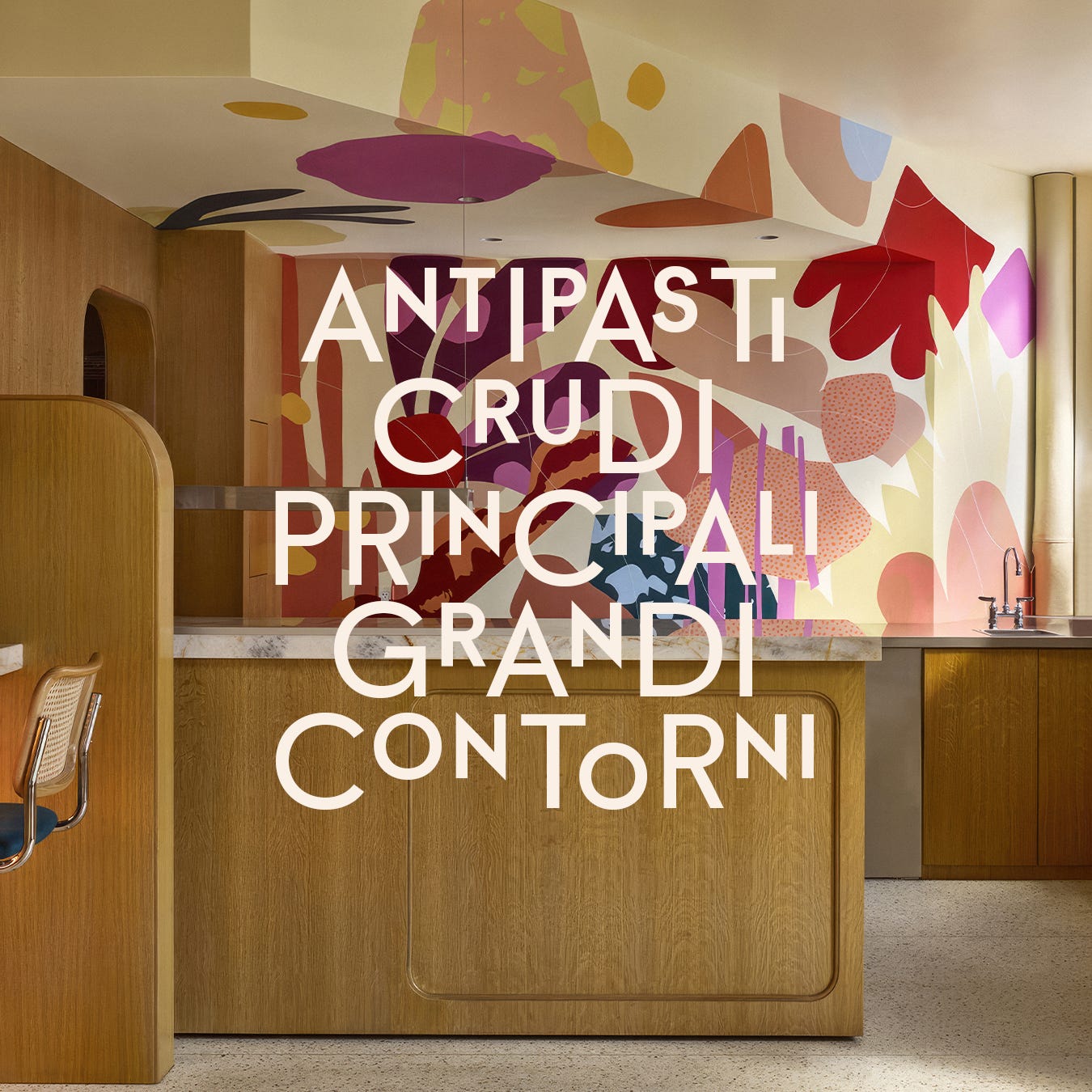
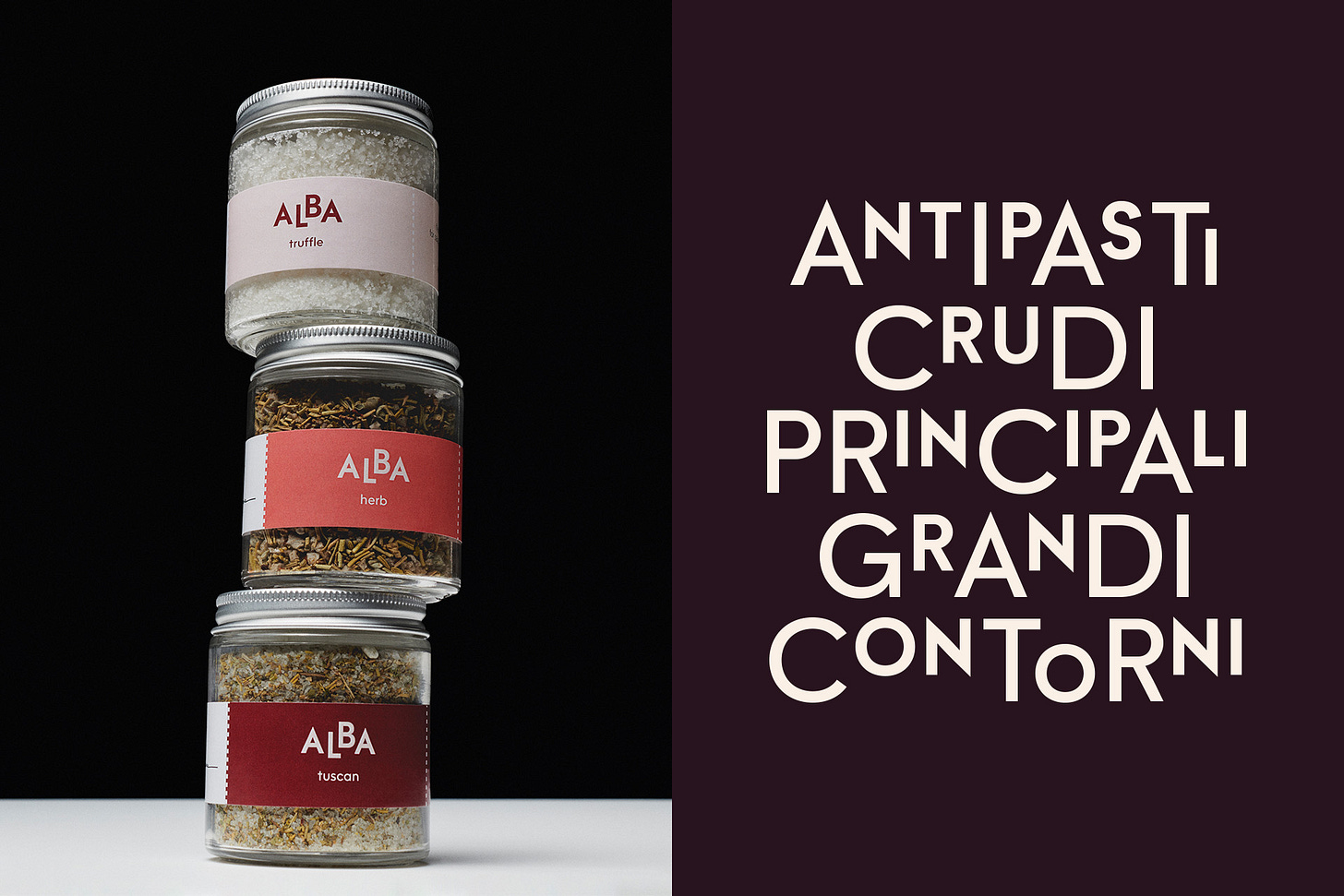






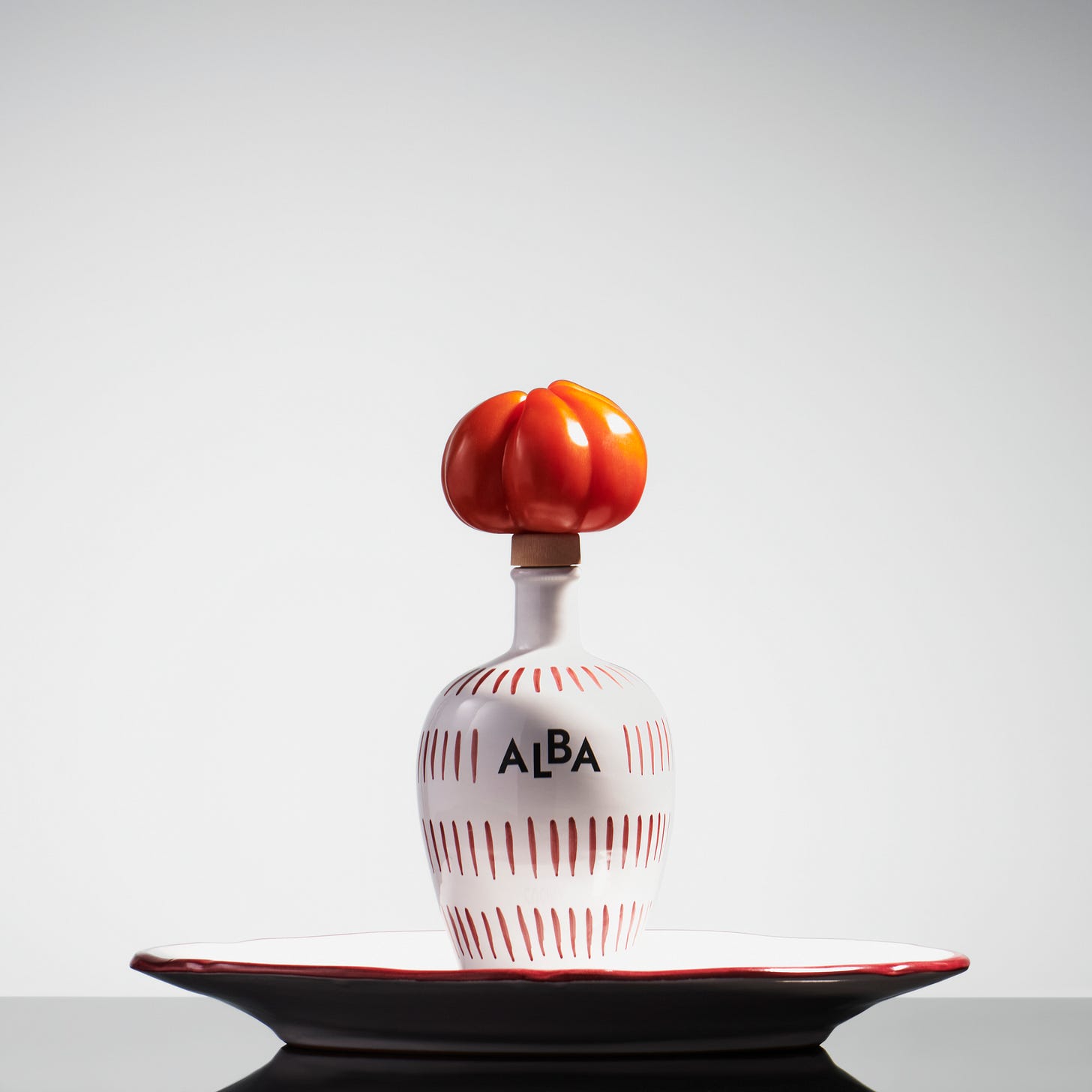

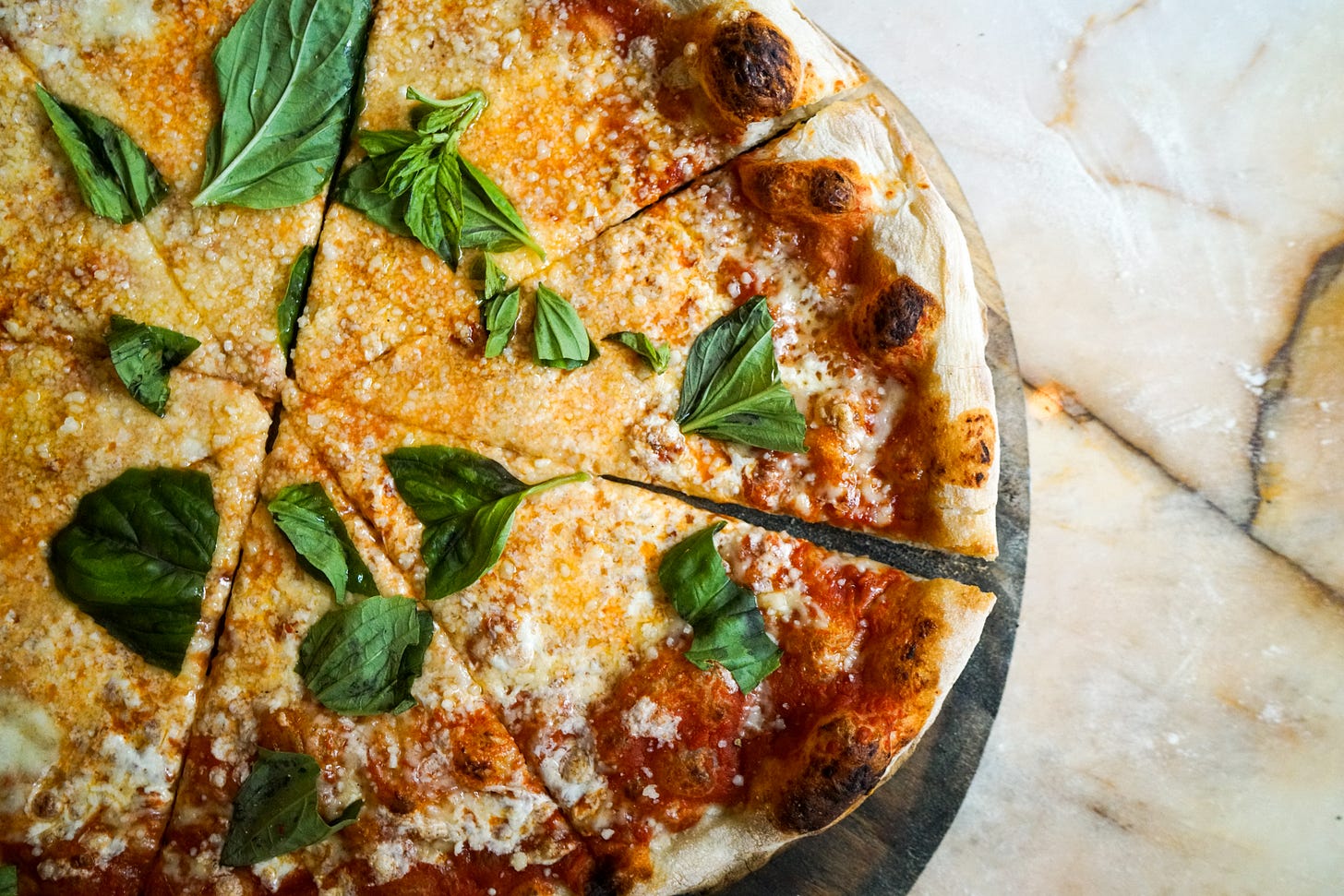
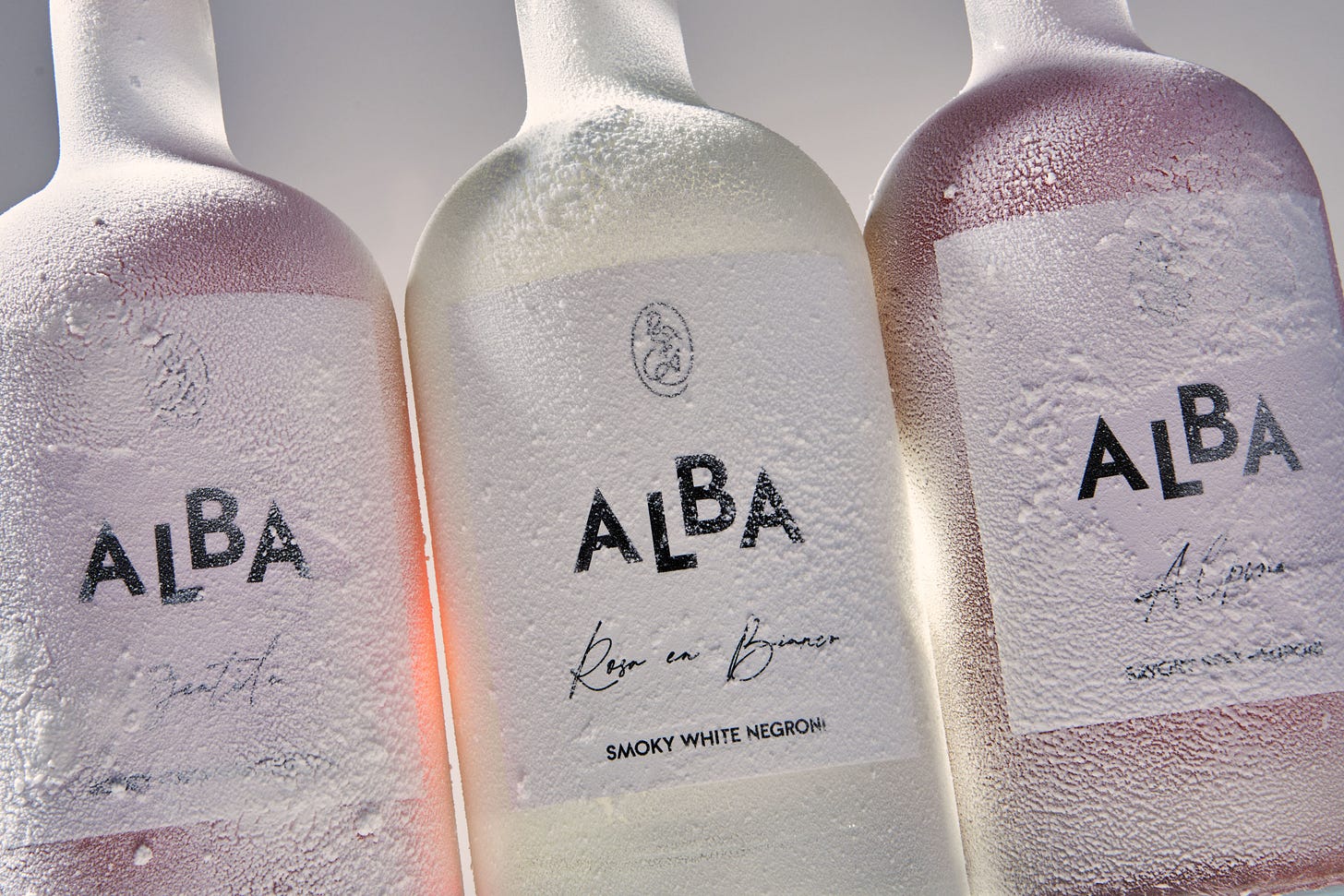


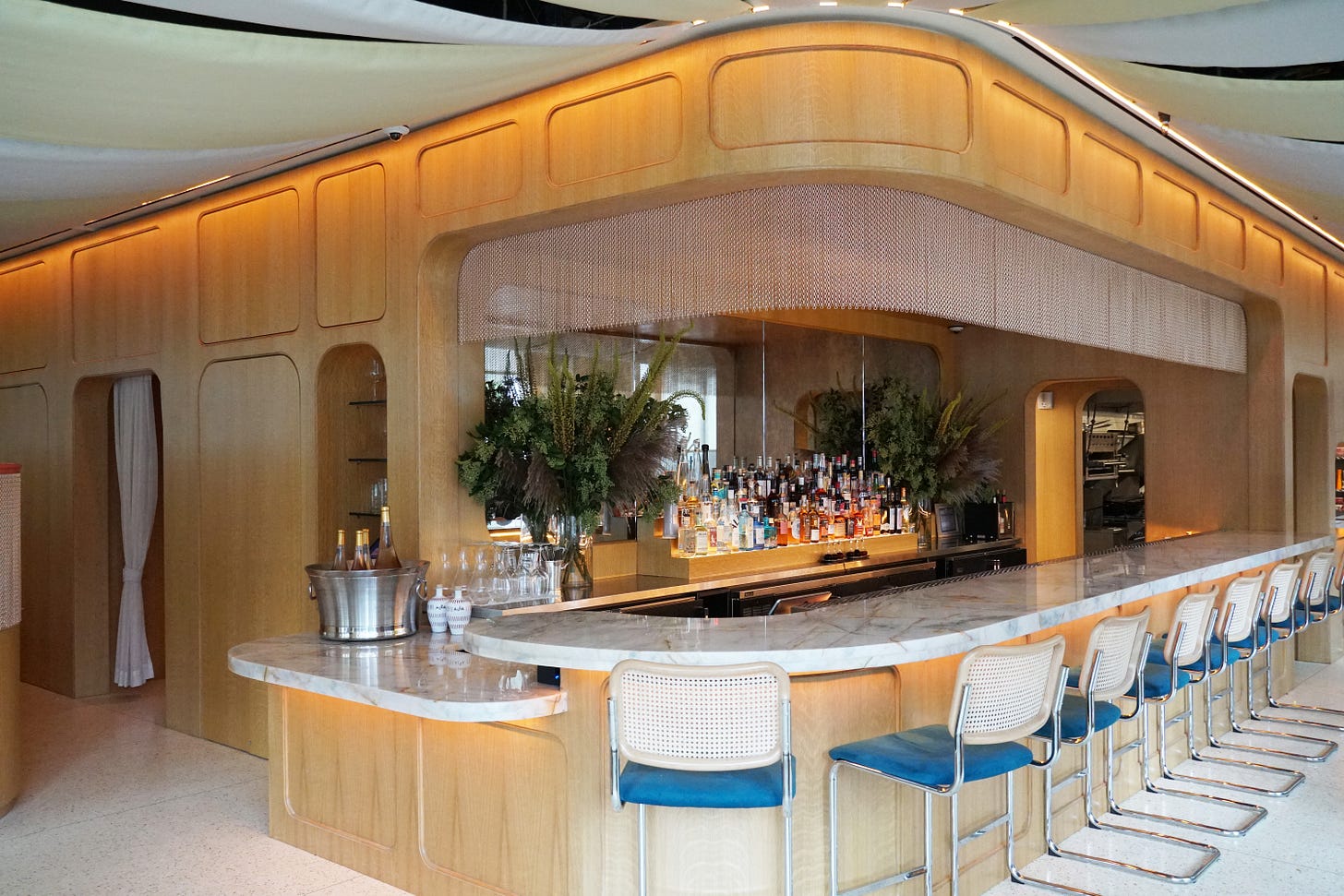

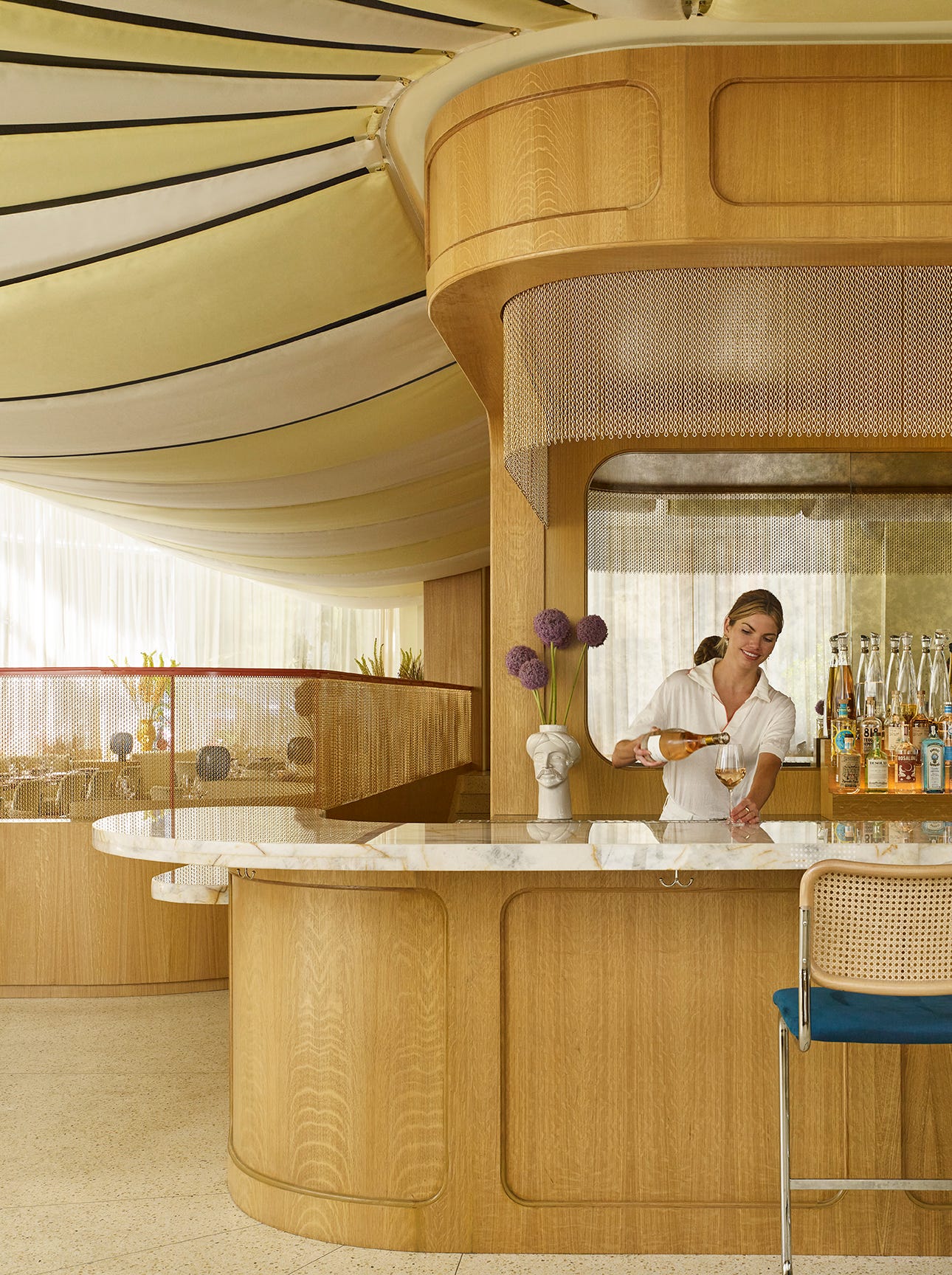
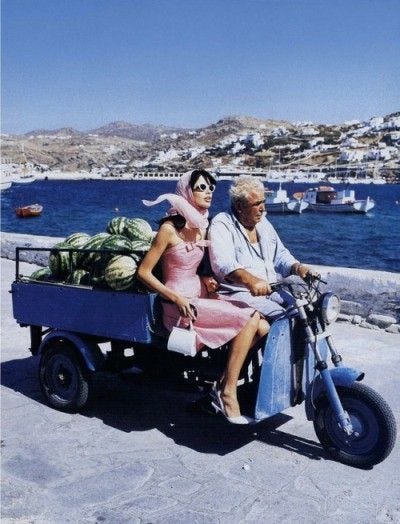
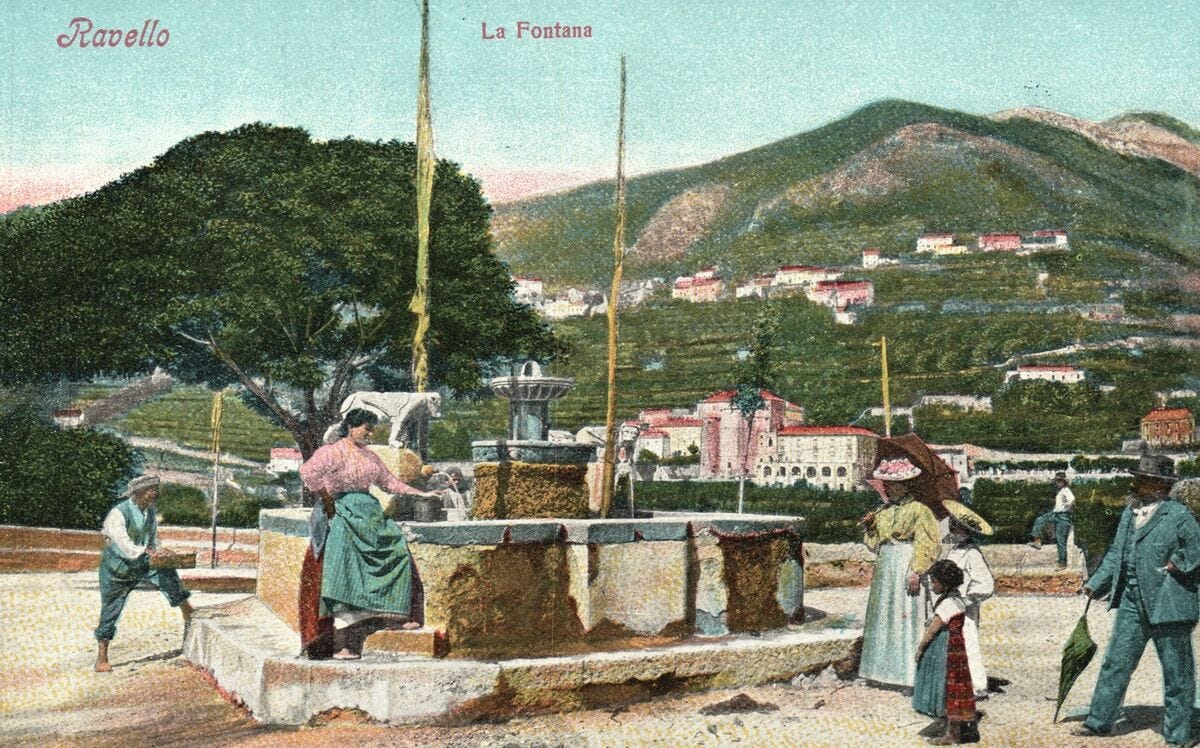


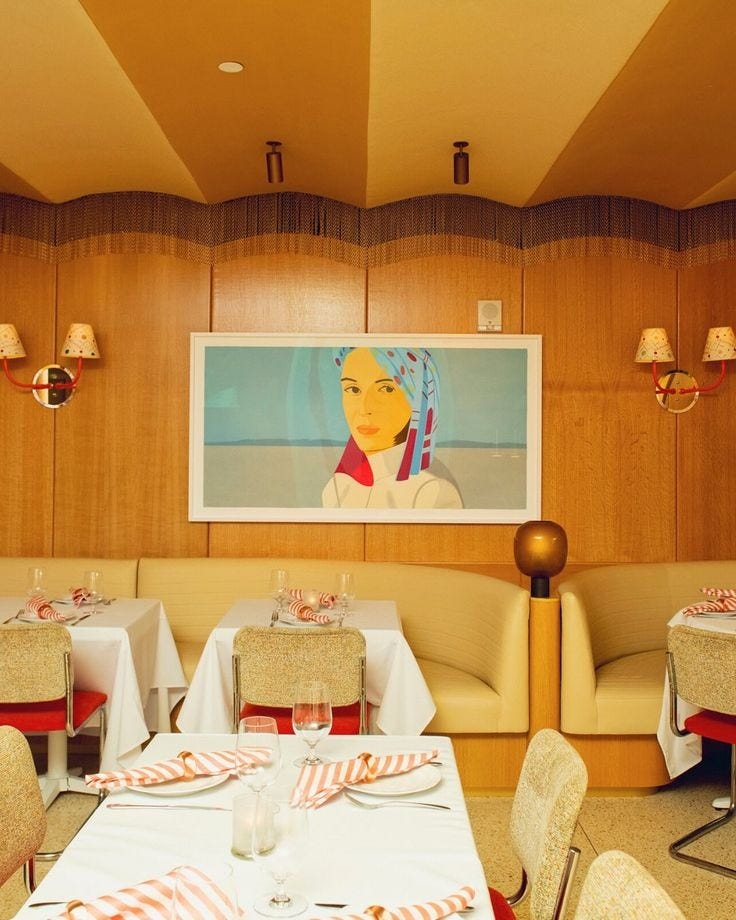
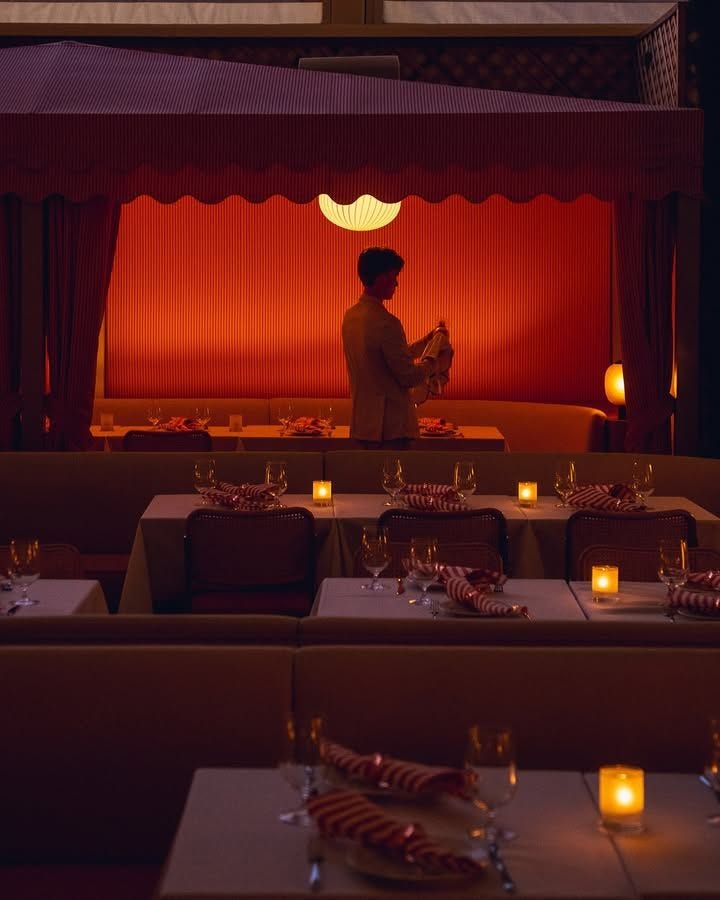


Amazing work!
Great work, super inspiring.